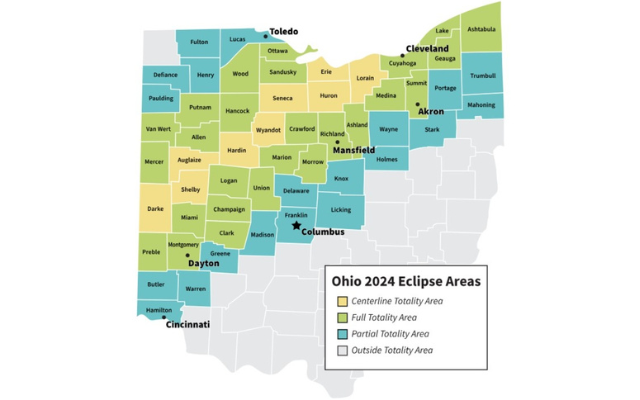Report: Ohioans’ Financial Security Lags Behind Other States

COLUMBUS, Ohio (News Talk 1480 WHBC and the Ohio News Connection)– Despite Ohio’s steady economic growth, a new report shows many Ohioans are still vulnerable to financial hardship.
The 2020 Scorecard from the group Prosperity Now is a snapshot of financial security among states, and ranks Ohio 44th overall.
Holden Weisman, an associate director of policy for Prosperity Now, says Ohio’s income poverty rate of 13.7% is higher than many states. And for more than one-in-three Ohioans, liquid-asset poverty is a reality.
Weisman says the rates vary widely by race.
“It’s whether or not they have enough liquid-asset savings to get by at the poverty level for just three months in the wake of an income loss,” he explains. “Among white households, that number is 29%. For households of color, that rises to over 65%.”
The report ranks Ohio in the top 10 among states for housing affordability, housing cost burden and home ownership rates.
However, disparities exist there as well, with housing affordability rates nearly double for households of people who identify as white, compared to black households.
Weisman adds Ohio also ranks poorly in the research about debt and consumer credit.
“Things like people reporting that they fell behind on their bills, or the percentage of consumers who have a collection action against them,” he states. “And then, the state ranked 48th in the percent of borrowers with student loan debt. Also 41st in the level of median student loan debt.”
The scorecard examines policies Ohio could implement to improve economic conditions, and the state has adopted only four of the recommended 28 in the scorecard.
Weisman says one policy Ohio should improve upon is the quality of its Earned Income Tax Credit.
“We were very pleased a few years back when Ohio finally created one, but unfortunately, it’s not one that’s terribly strong or very beneficial to a lot of low-income households,” he states.
Weisman contends Ohio should make its tax credit refundable, which means if the EITC exceeds a person’s total income tax liability, the IRS will refund the balance.
by Mary Schuermann Kuhlman
This story was produced in association with Media in the Public Interest and funded in part by The George Gund Foundation.



